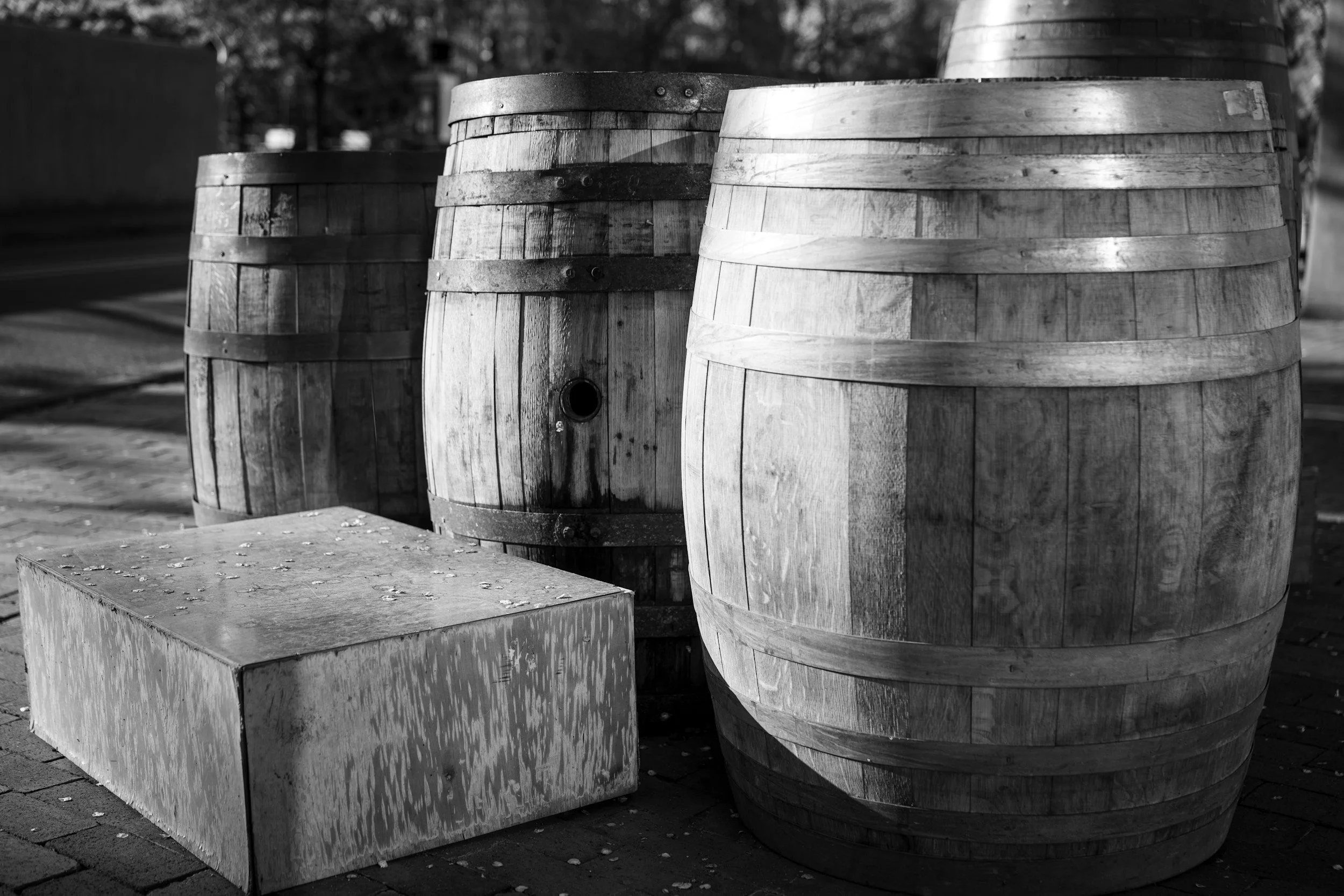How Oak Shaped the Classics of Wine: Ancient Barrels, Modern Palates – A Brief History of Oak in Wine
Oak-aged wines are among the most iconic and enduring styles in the world of wine, but how did oak become such an integral part of the winemaking tradition? In this three-part blog series, we’ll explore how oak evolved from a practical storage solution into a defining stylistic tool, shaping legendary wine regions like Bordeaux, Burgundy, Rioja, and beyond. From ancient amphorae to the creamy, coconut-laced Chardonnays of today, we’ll break down the history, technique, and flavor behind classic oak-aged wines.
Let’s start where it all began: not with flavor, but with function.
Oak as an Accidental Hero
Archaeologists have discovered evidence of winemaking dating back over 8,000 years. Ancient winemakers used whatever materials they had—clay amphorae, animal skins, stone vessels, and eventually, wood. Among the many types of wood, oak stood out. Why? Because it was remarkably watertight and durable, and it could be shaped into barrels ideal for storage and transport.
What began as a practical solution soon revealed a pleasant surprise. When wine was left in oak barrels, it didn’t just stay stable, it got better. Over time, subtle aromas of vanilla, spice, toast, and sweetness would infuse the liquid. The wine’s texture would round out, its complexity deepen.
The Rise of Oak-Aged Styles
By the 18th and 19th centuries, winemakers were no longer just using oak for convenience. They were selecting barrels for the specific flavor and structural elements they could contribute. Barrels became a deliberate stylistic choice.
But not all oak is the same. Differences in barrel size, age, and origin—as well as the wine’s own grape variety and ripeness—impact how much oak influence comes through. In the earliest days, most wines aged in large, neutral casks. Today, we have everything from light oak-kissed whites to bold reds matured in 200% new oak.
Oak’s role in winemaking evolved from utility to artistry. And with that came the emergence of classic oak-aged styles, the benchmark wines that continue to inspire vintners around the world.
Check back for Part 2 as we look into the original oak-aged icons, Bordeaux and Burgundy.


